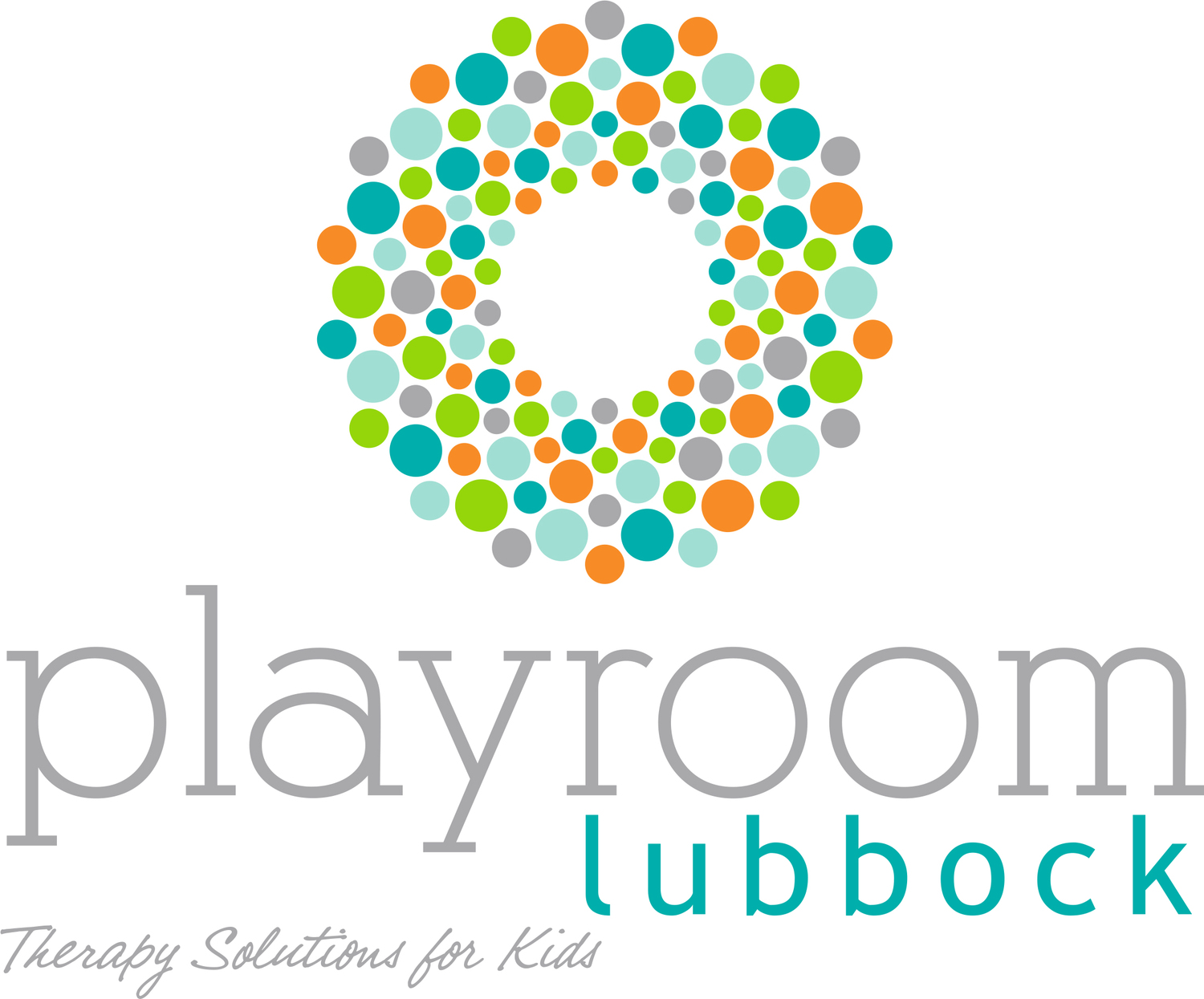“When our little people are overwhelmed by big emotions, it is our job to share our calm, not join their chaos.”
Parents and caregivers are critically important in helping children regulate their emotional states. Often, however, it is the very tantrums and meltdowns that spike parents' own anxiety reactions, leaving them unable to respond effectively as soothing agents. You might find yourself attempting to calm your child down through persuasion, coaxing, arguing them out of the anxiety, or rescuing them from the emotion. What if parents stopped trying to change behavior, and changed how they thought about parenting? Parents have the power to adjust their own thoughts and feelings about the struggles of parenting and about what a child's behavior is trying to communicate.
Dr. Dan Siegel proposes "Connection before correction." Parents need to first listen to the child, acknowledge her feelings, and offer guidance. The acronym SOOTHE (developed by Goodyear-Brown, Ashford, and van Eys) helps parents remember strategies to responding to emotional symptoms.
S = soft tone of voice, soft tone of face
0 = organize the child's experience
O = offer choices or a way out
T = touch or physical proximity
H = hear what the child is needing
E = end and let go
Elevation of a parent's voice will only feed the escalation of a child's tantrum. "If parents can choose to lower their voices, use a soothing tone, and remain calm, they will be anchoring the child's experience beneath the current level of escalation." (Paris Good-Year Brown in Play Therapy with Traumatized Children).
A lack of structure intensifies anxiety and dysregulation. Consistent schedules and soothing routines help to organize your child. Offering a narrow range of choices to a child helps to manage the emotion that arises during a decision making process, as well as provide a positive sense of control. A simple touch or physical proximity is meant to reaffirm children and keep the parent child relationship intact. Hearing what your child is communicating is discerning what the child's need is. This discernment will guide your response. Does your child's behavior communicate a need for attention? power? to feel adequate? rest? a snack? Lastly, Dan Siegel (2003) talks about the toxic ruptures that can occur between parents and children when upset occurs but it is never processed. Parents need to acknowledge their right to their own feelings of anger and exhaustion, but also let go of it, and remain responsive to their child after the meltdown has occurred.
Once connection is built, parents can move to the next step and discuss the issue. Helpful questions that encourage connection are: "What happened? How did this anger feel inside your body? How did this feeling make you react? What would be another choice for next time you feel sad?"
If you are interested in more helpful tips, we recommend "The Whole-Brain Child: 12 Revolutionary Strategies to Nurture Your Child's Developing Mind" by Daniel Siegel and Tina Payne Bryson. "Peaceful Parenting, Happy Kids: How to Stop Yelling and Start Connecting" by Laura Markham)


